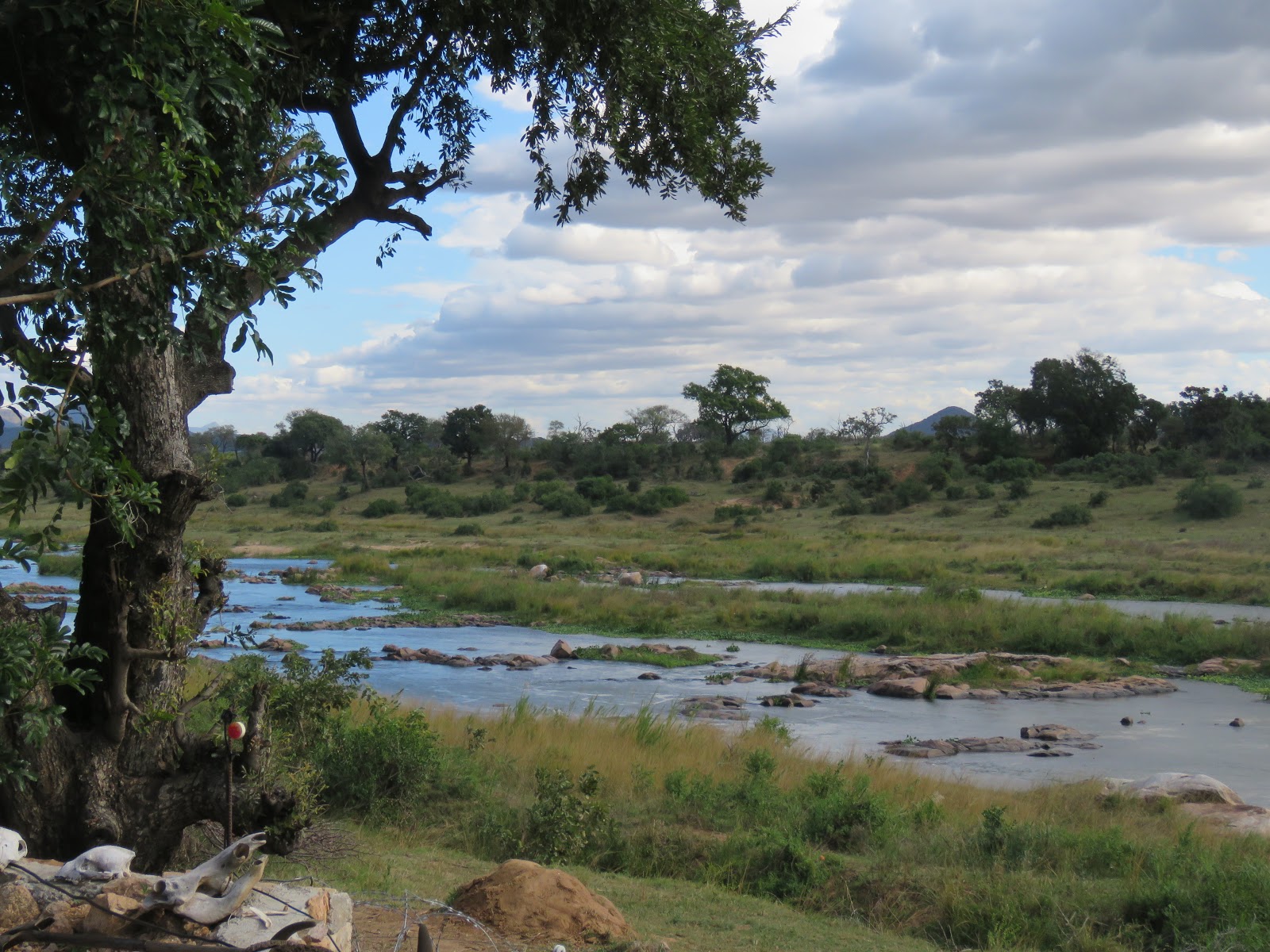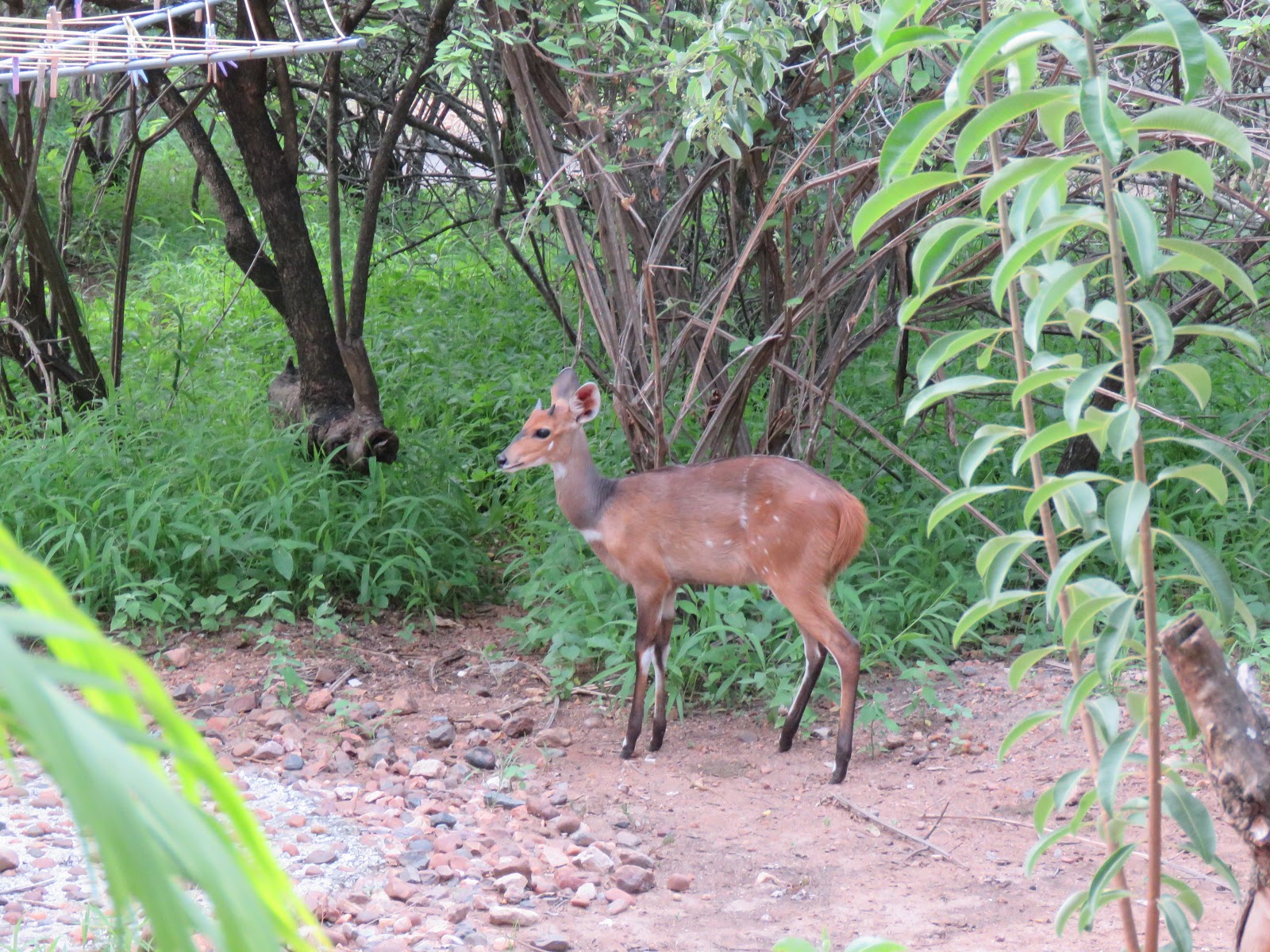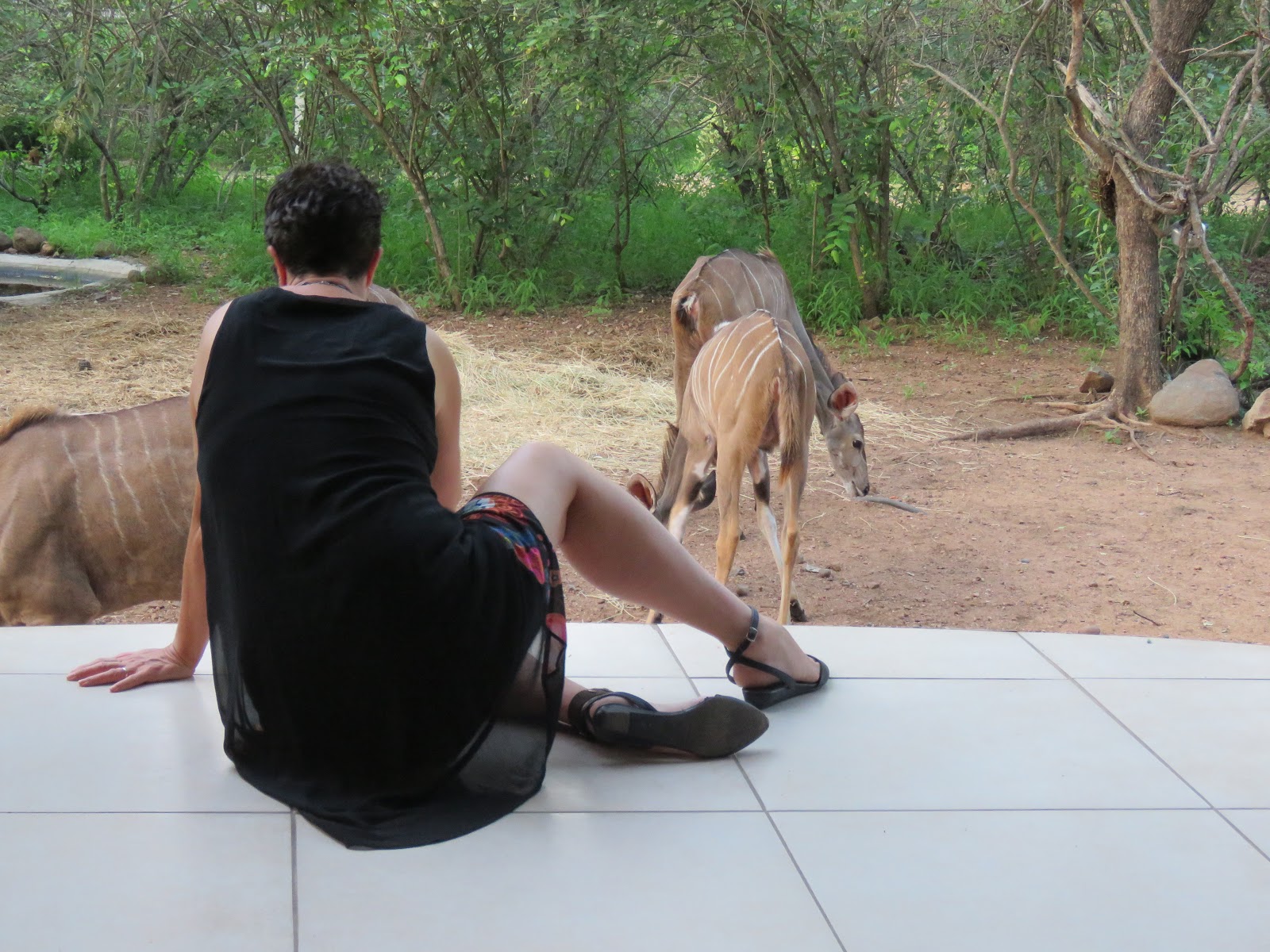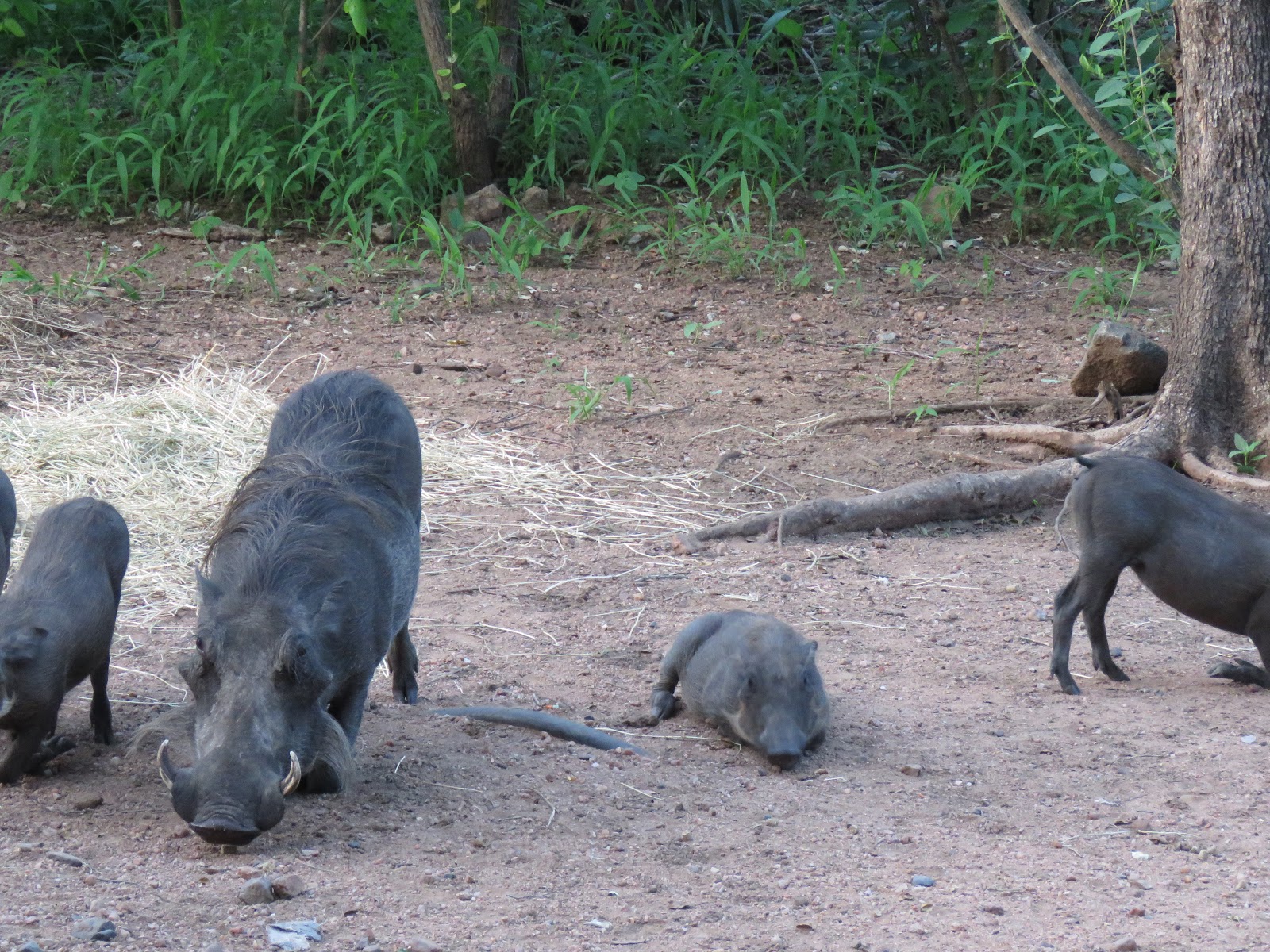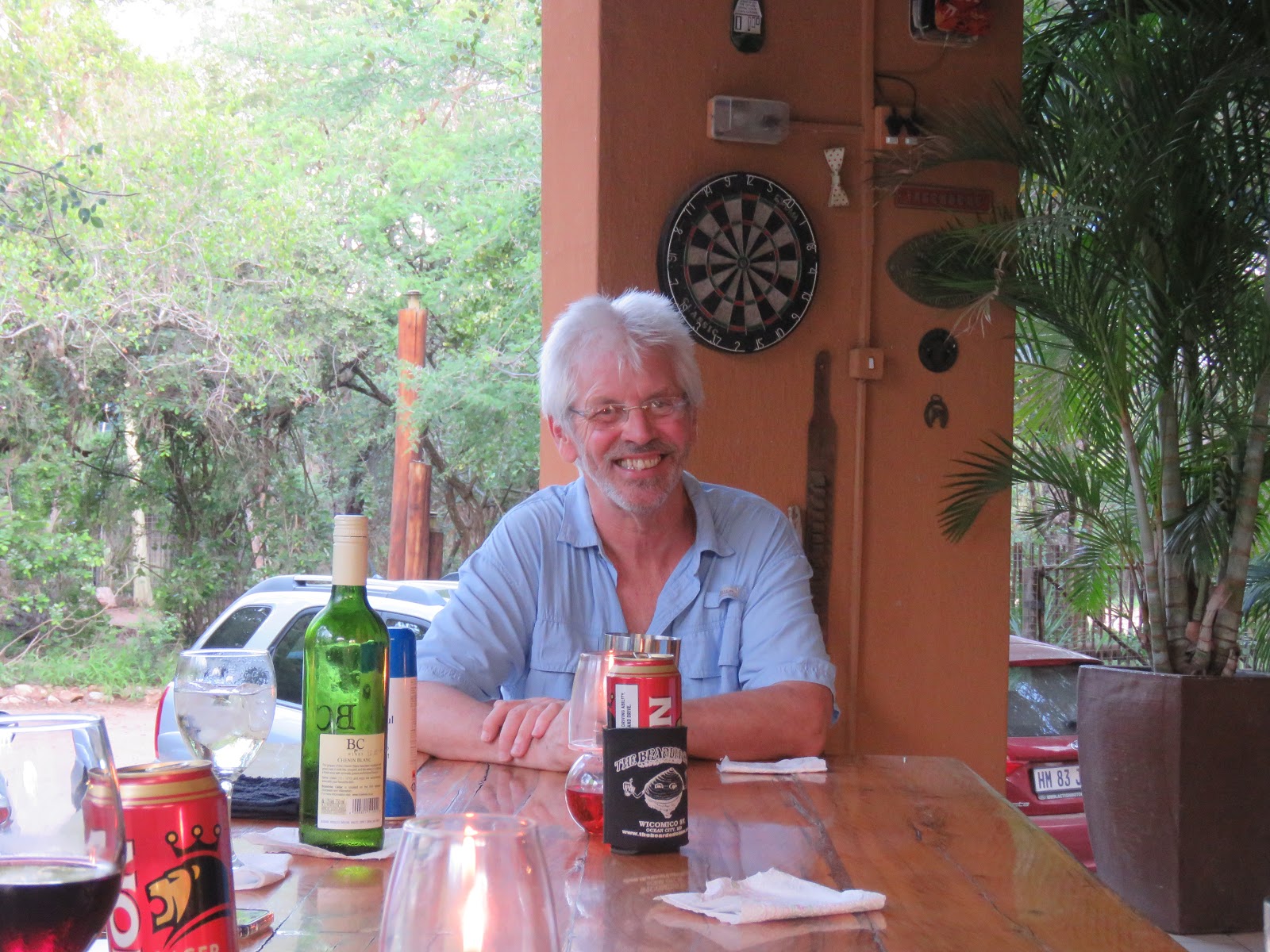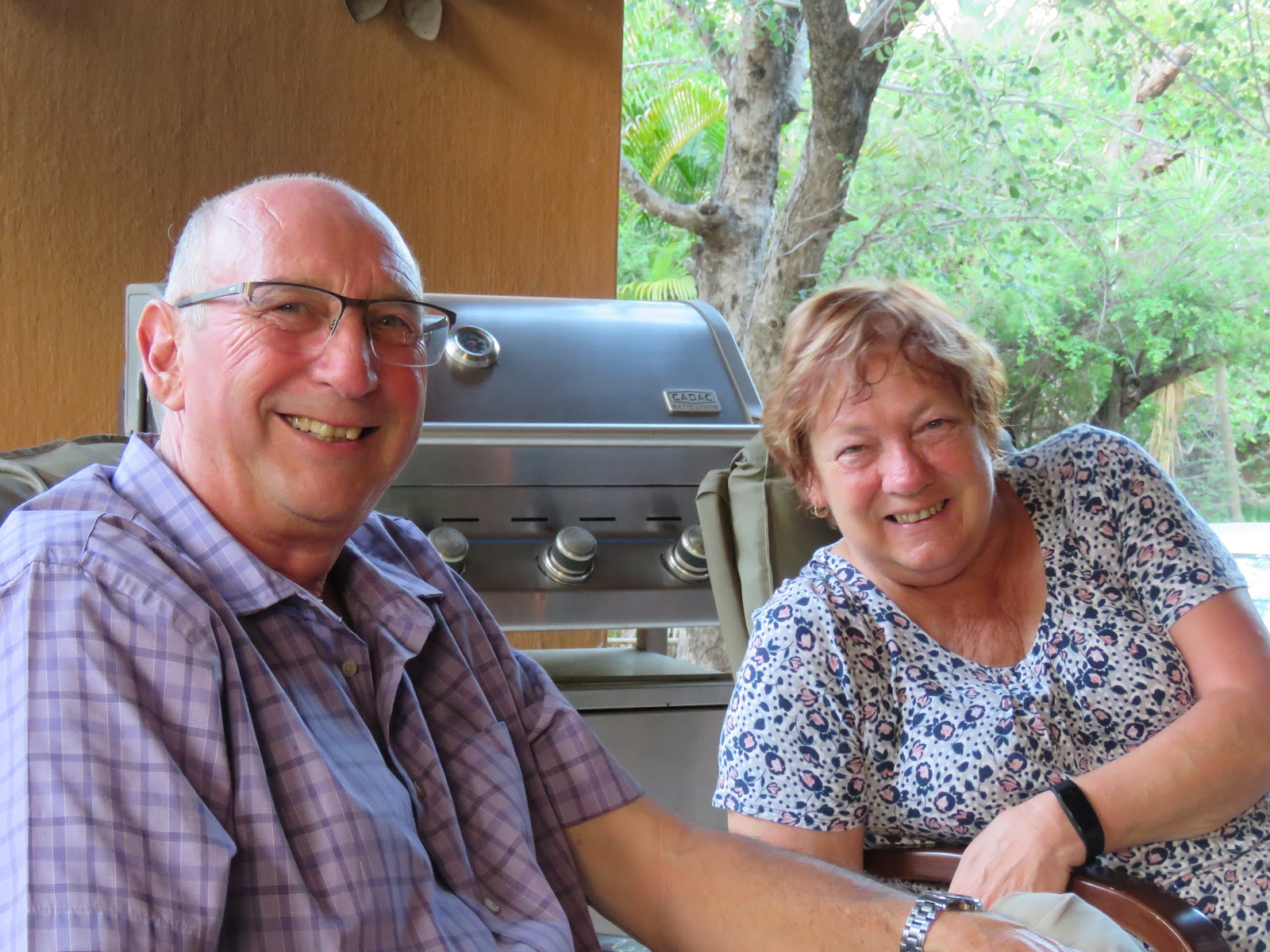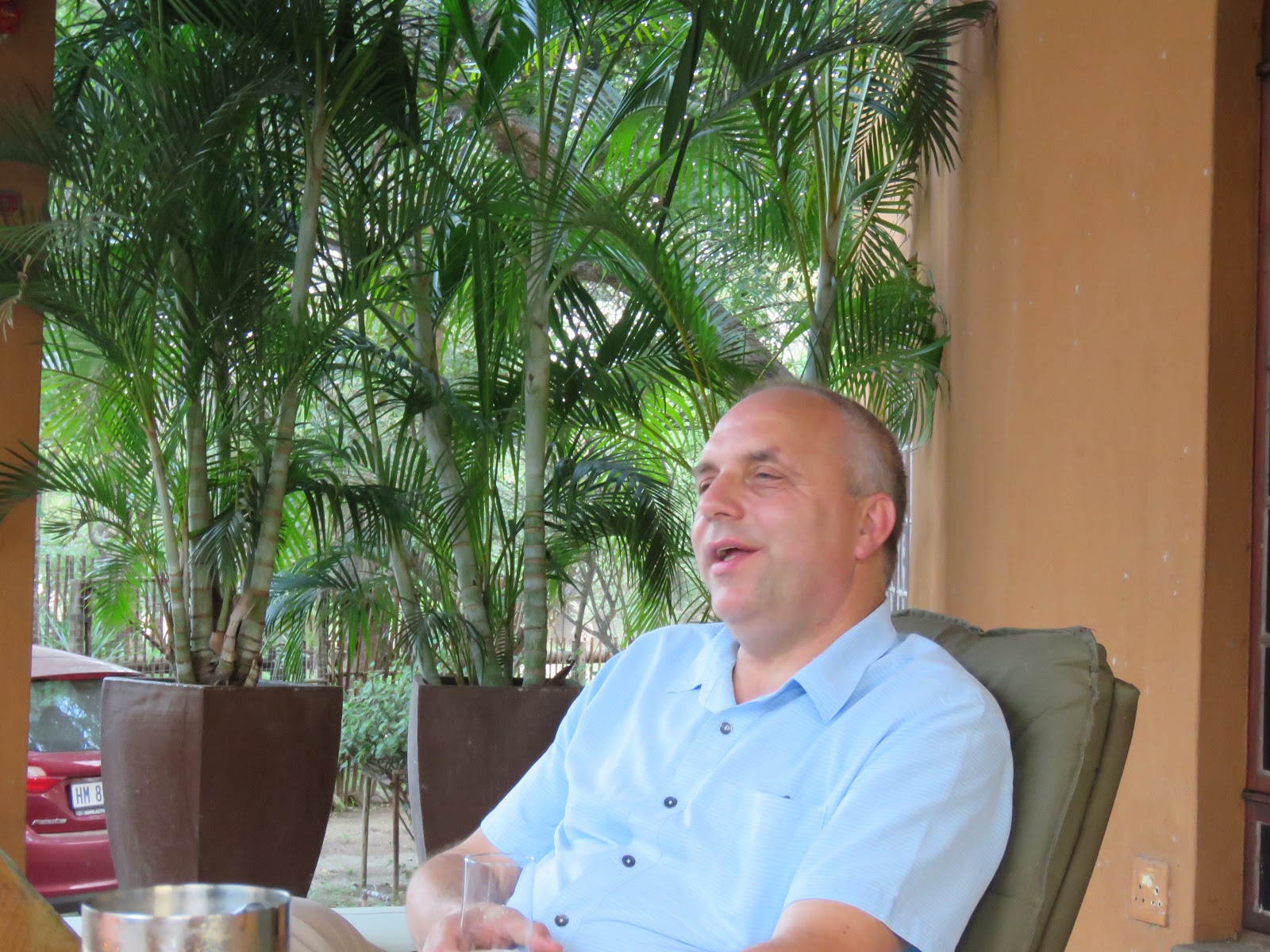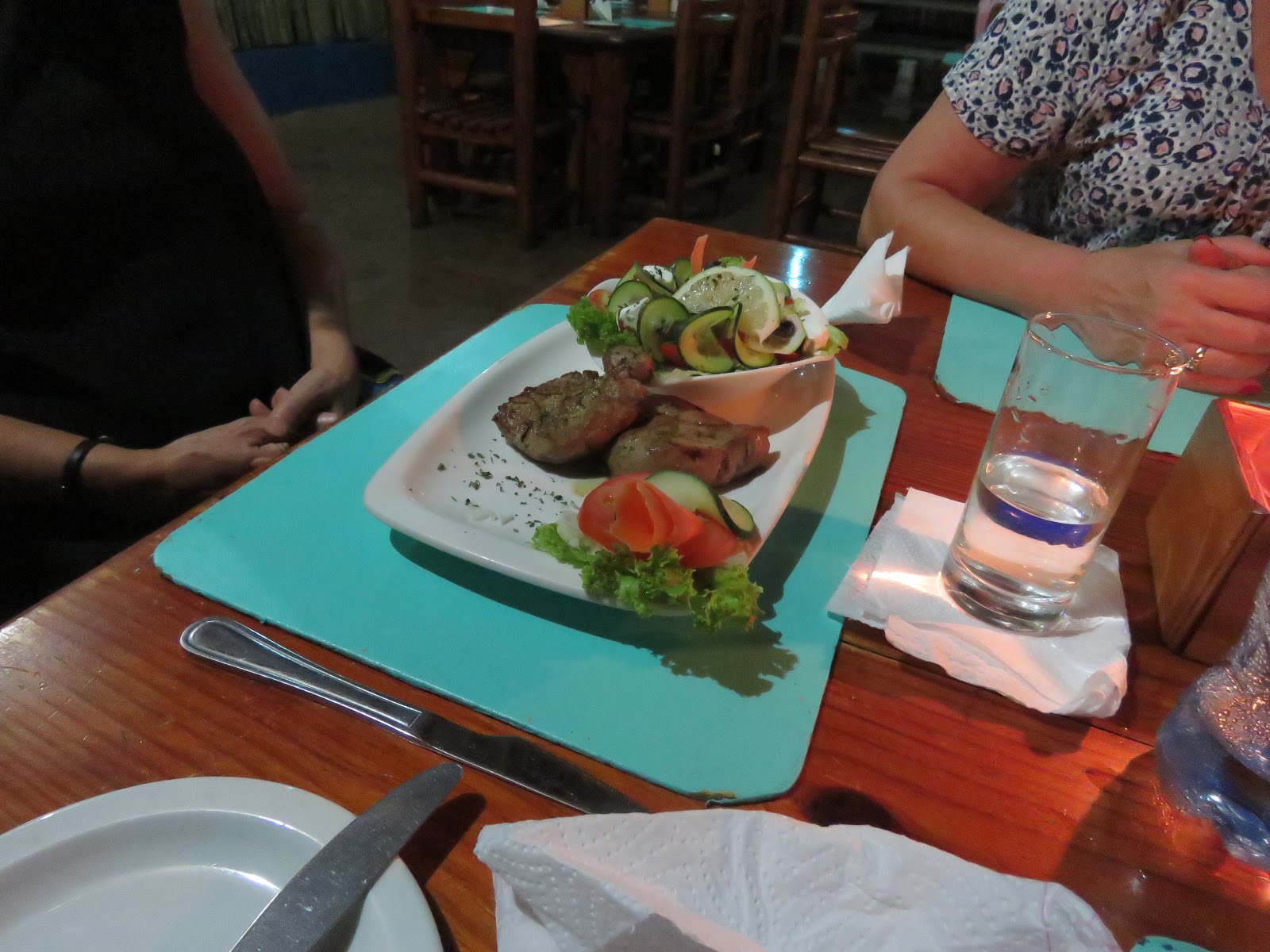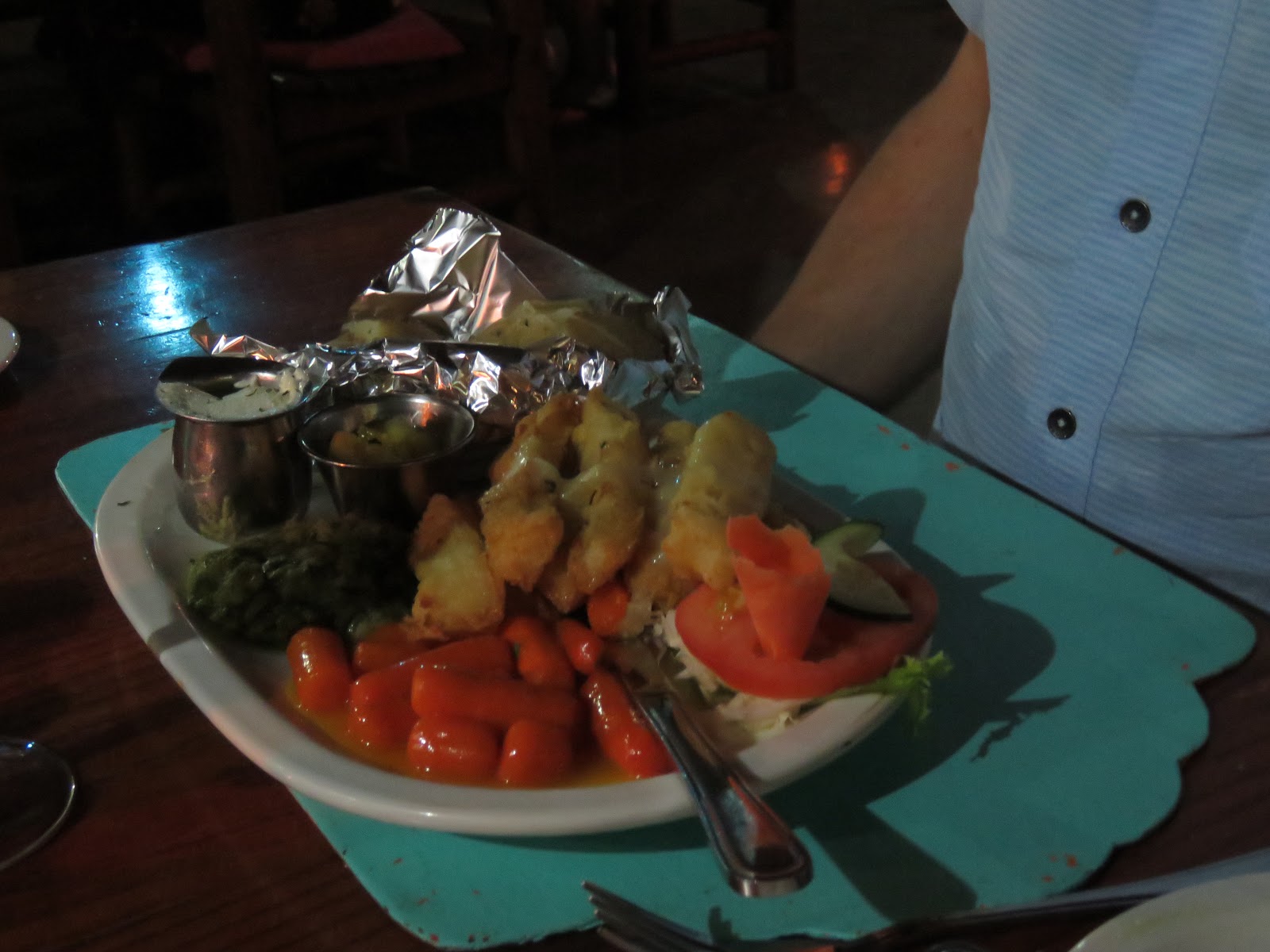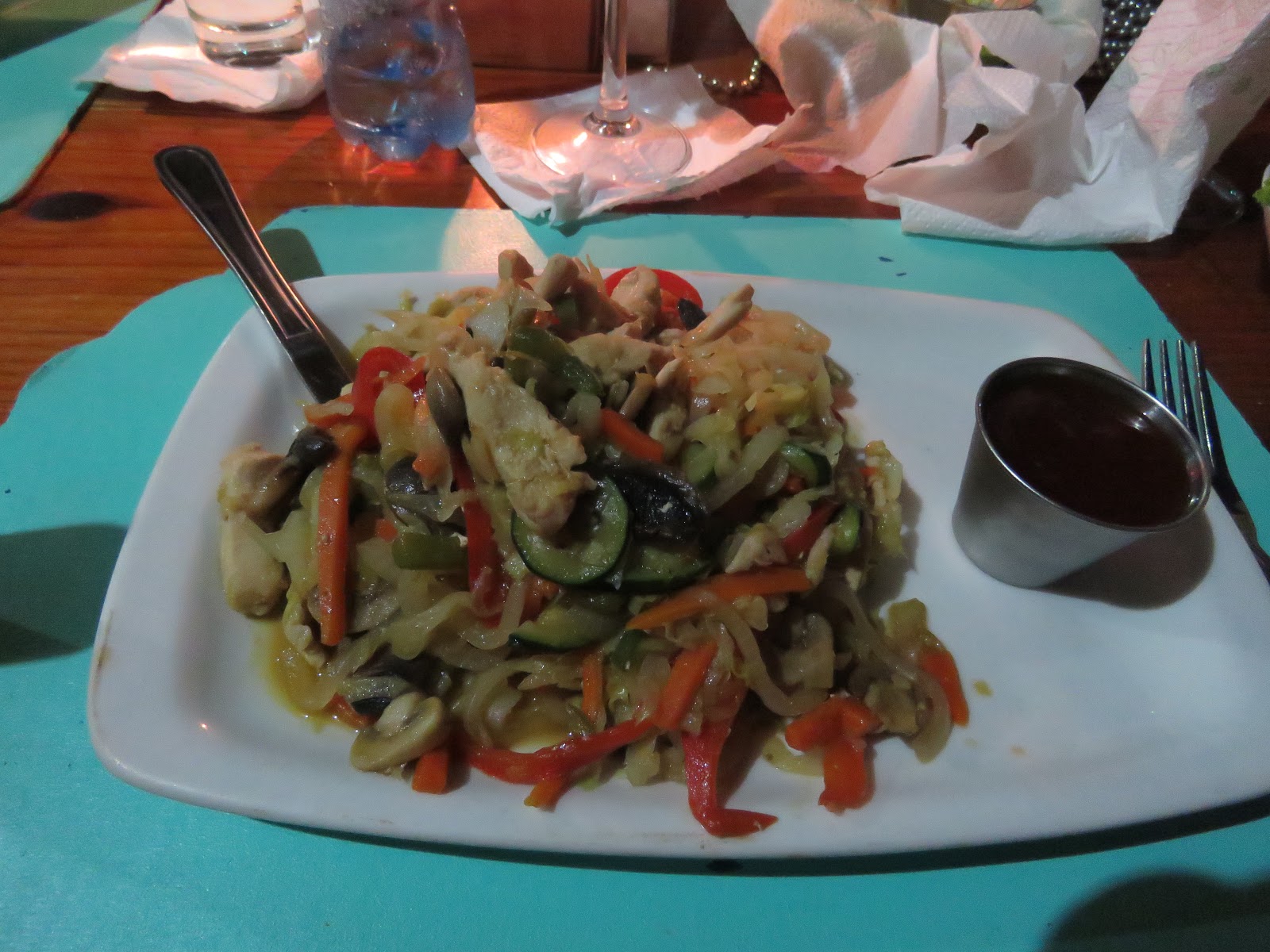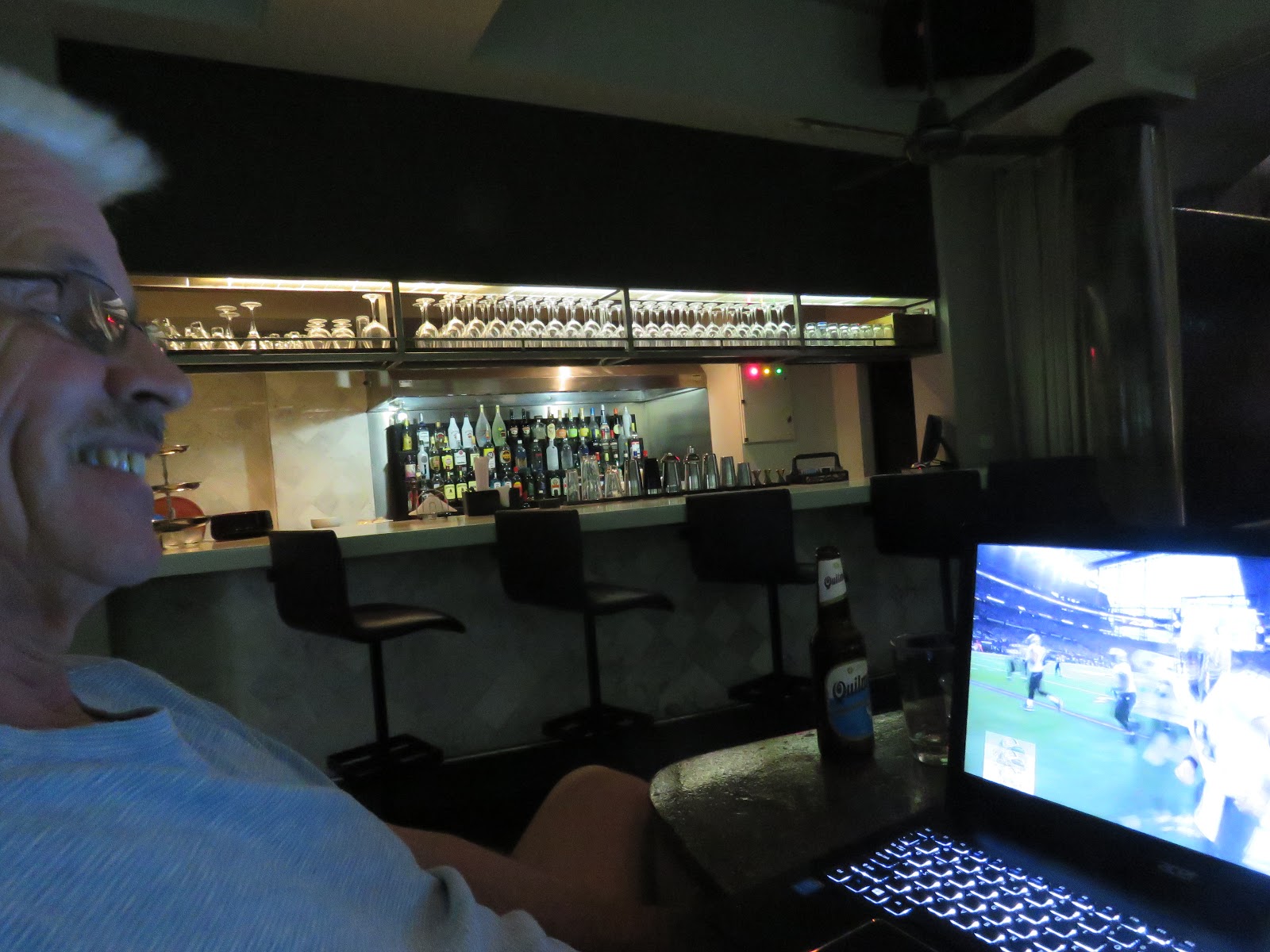 |
| Our hosts and dear friends Karen and Rich. |
Today’s another busy day as we prepare for our upcoming four-year passport appointment tomorrow at the local government service center at 11:40 am. We had piles of forms and paperwork to prepare and accumulate for the upcoming appointment.
Also, I needed to make copies of all the medical documents from my heart surgery in preparation for my upcoming cardiology appointment next Wednesday, November 27th.
 |
| The two of us were at dinner last night. |
Subsequently, it made sense to place everything on a flash drive to take to an OfficeMax store for printing. With so many forms, it took me almost an hour to get everything printed at the store resulting in a stack of about 80 pages.
Before heading to the OfficeMax store, at 10:00 am, I visited my dear long-time friend Chere at her home in Eden Prairie, only a few miles from Karen’s home. We chatted in her cozy living room, sipping on organic caffeine-free tea as Chere and I had often done over the years, anxious to take advantage of every moment as time is running out until we leave Minnesota a week from today.
 |
| The four of us were ready for dinner at the fabulous Gianni’s Steakhouse in Wayzata, Minnesota. |
After leaving her home, I headed to the Office Max store and then stopped to purchase a few “unwiches” (breadless healthy sub sandwiches like we often make in our travels).
Tom has some leftovers from last night’s big dinner at Gianni’s Steakhouse but may need to supplement it with at least a part of an “unwich.” Since I couldn’t have bread or potatoes, I ultimately finished my salad and scallops and thus purchased an “unwich” for tonight’s dinner.
 |
| Tom was thrilled to dig into these rolls and garlic toasts. |
We’re at a point where we don’t feel like rushing off to a restaurant every night but rather save those meals to enjoy with family and friends. At this point, selecting some healthy “to go” dinner options fit the bill for us.
 |
| Our efficient and friendly waiter prepared our choose-your-ingredients-salad tableside. Delicious! |
Last night’s dinner at Gianni’s Steakhouse in Wayzata was the pièce de résistance when it comes to dining. We insisted on taking Karen and Rich out to dinner at this fantastic restaurant where, many years ago, Tom and I dined on special occasions.
 |
| Karen and I each ordered the scallops with pureed butternut in a delicious gluten-free buttery sauce. |
Adding to the food and ambiance of the celebratory evening was being with Karen and Rich, with whom we made an even greater bond than we’d expected. I’ve been friends with Karen for many years but only met her love and partner, Rich.
 |
| Both Rich and Tom ordered the grilled “double” pork chops with baked garlic and creamed corn. |
With one week remaining until we depart for Nevada, we’ll continue to make the most of each day with our family and friends. This has been a great visit, one we’ll always treasure.
 |
|
These hashbrown potatoes, a signature dish at Gianni’s Steakhouse, are filled with cheese and sour cream.
|
Next, we’re off to see daughter Tammy say goodbye. Tomorrow, their family leaves for Washington, DC, for a holiday and then spent Thanksgiving with Tracy’s family in Pennsylvania.
Photo from one year ago today, November 21, 2018:
 |
| We drove past friends Kathy and Don’s home yesterday, and their front garden was filled with kudus and impalas. Click here for more photos. Take care, dear readers. |






































